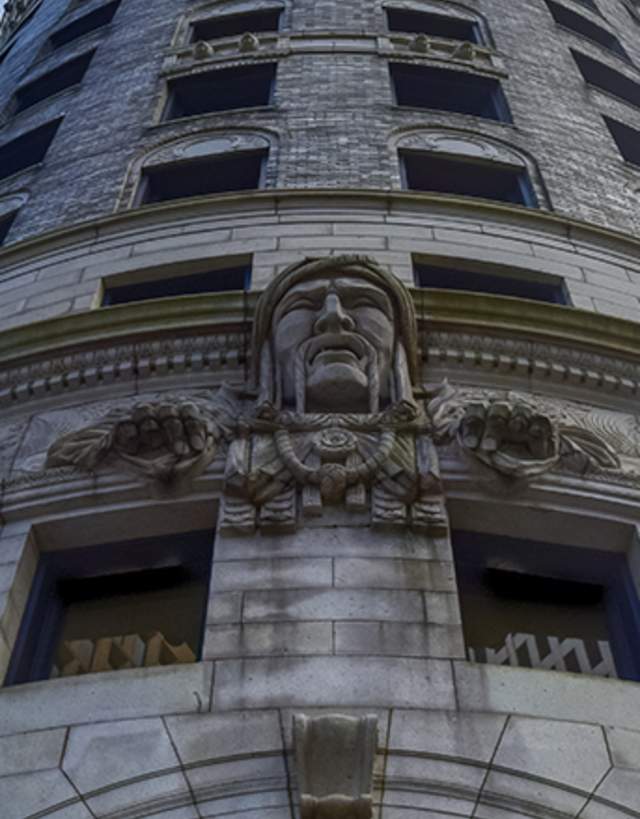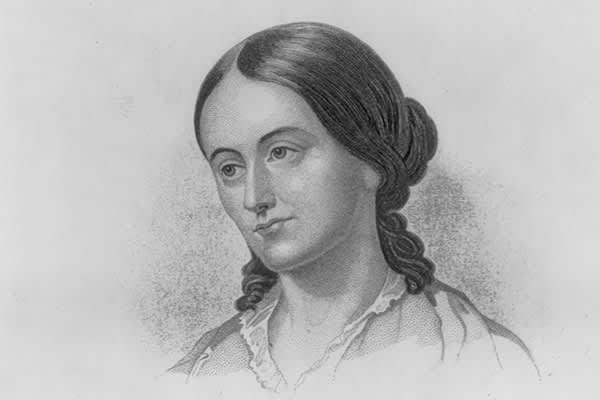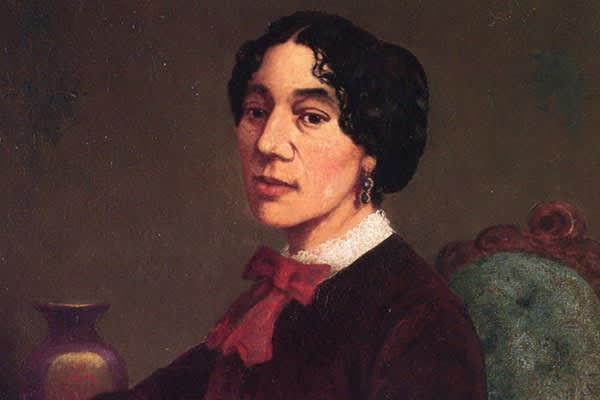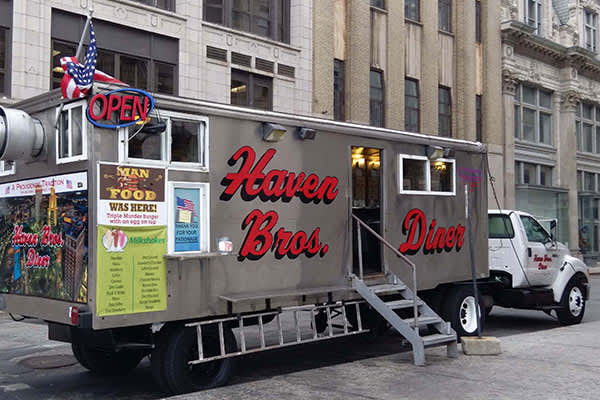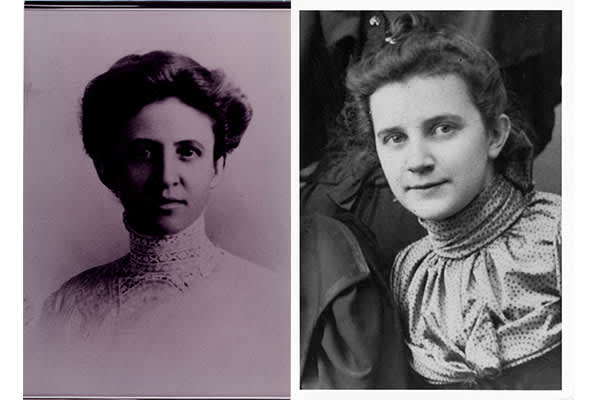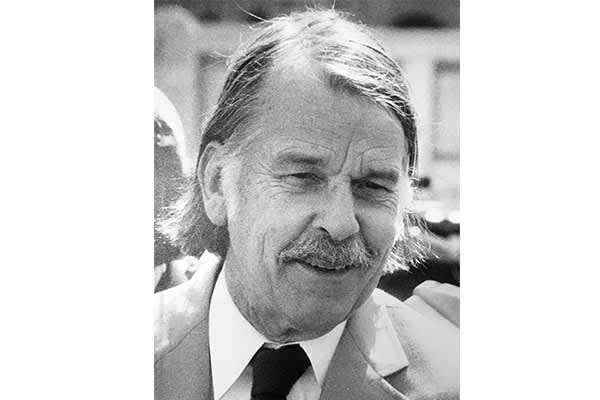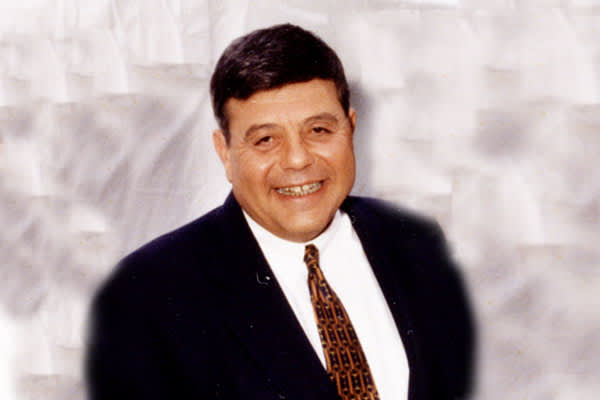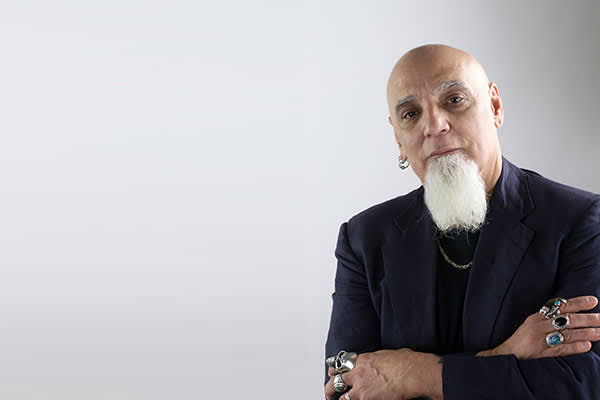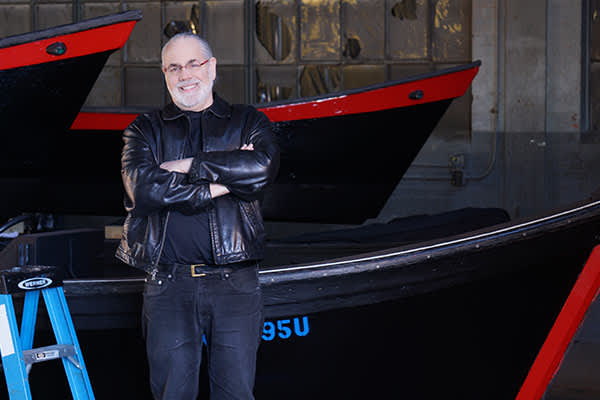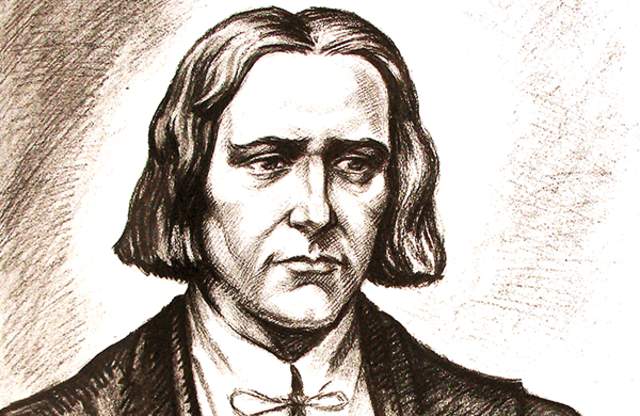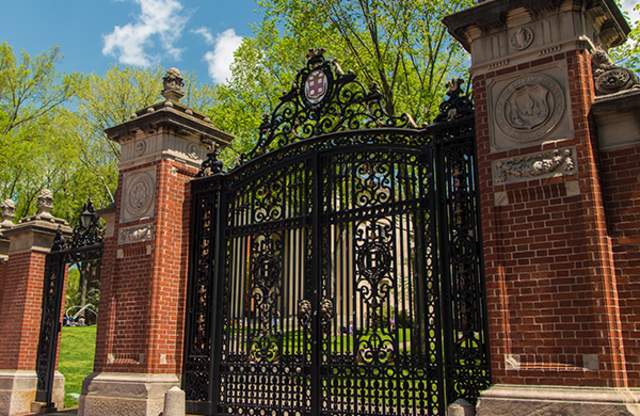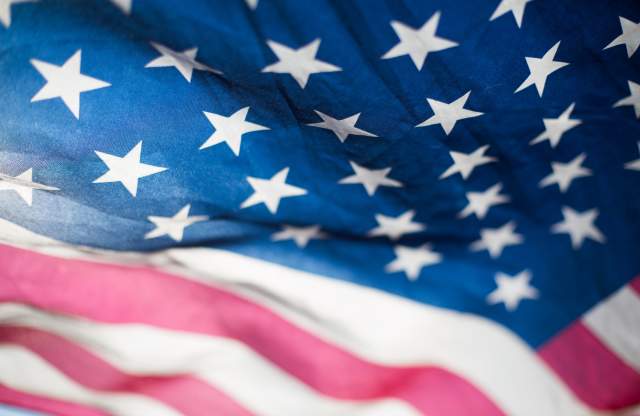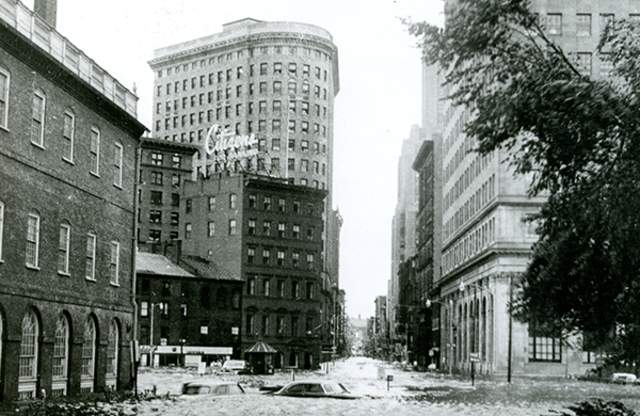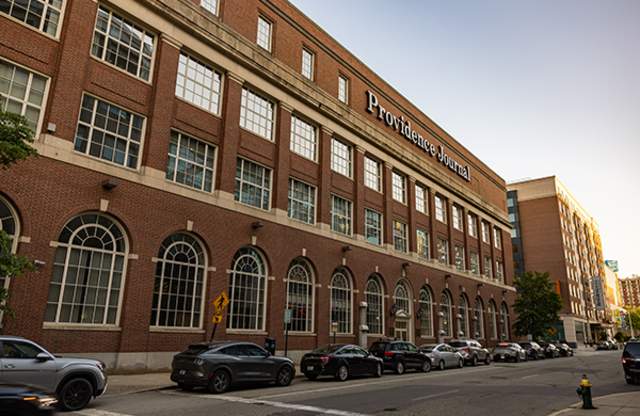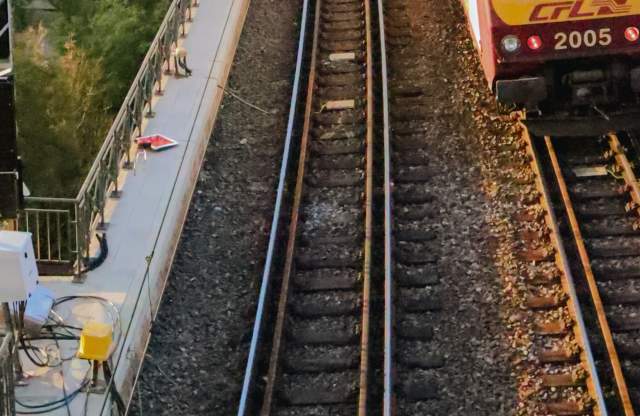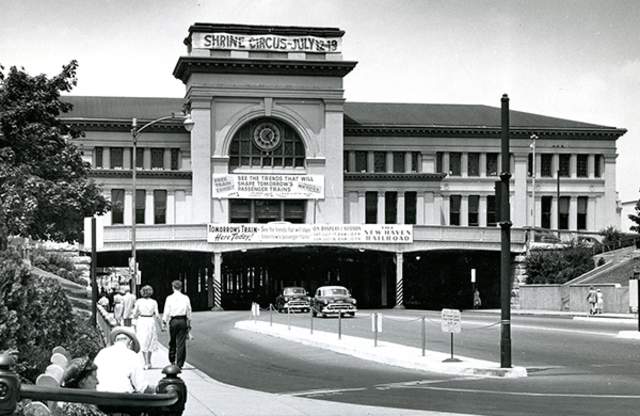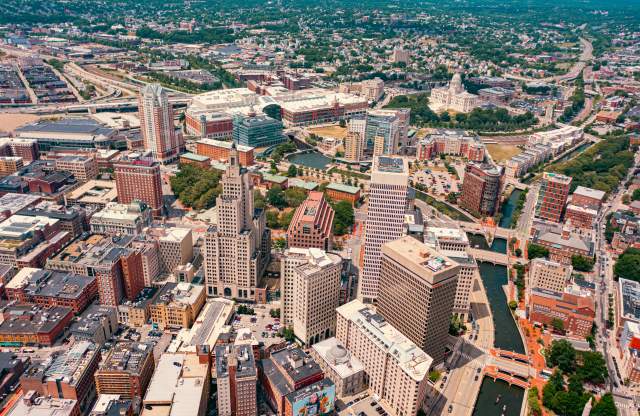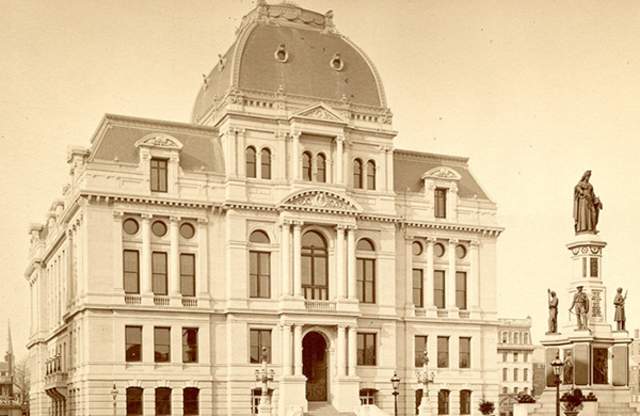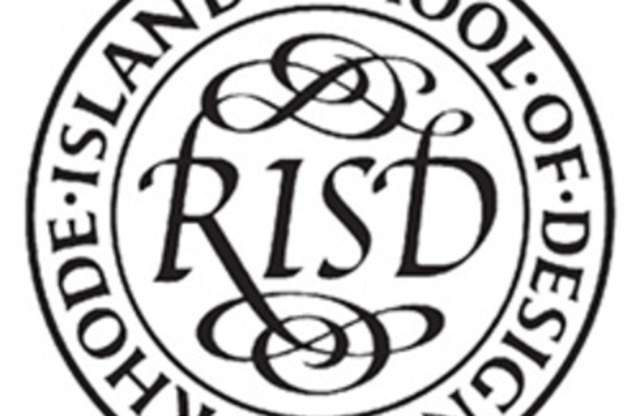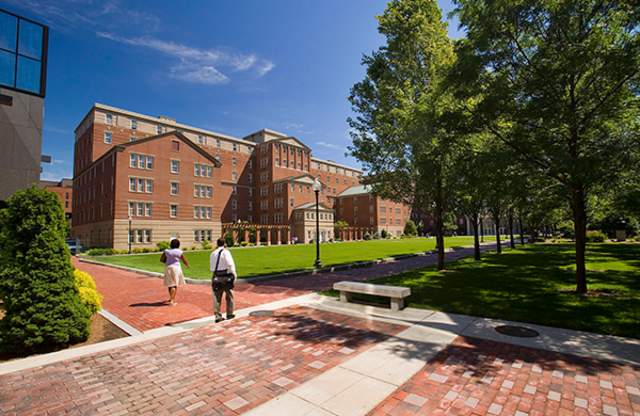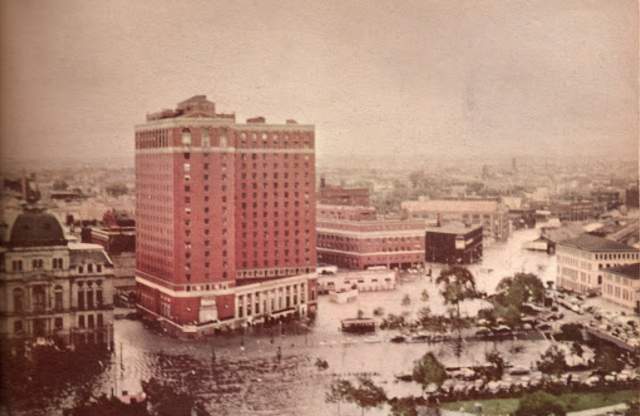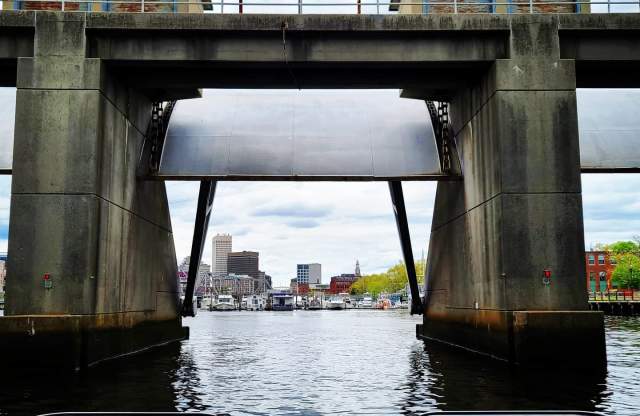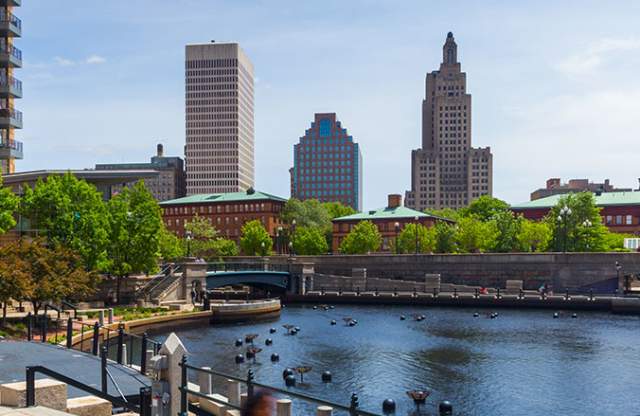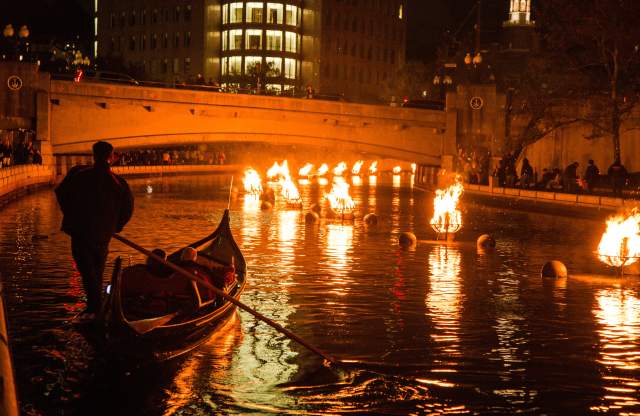Providence Walks: Downtown Historic Tour
This walking tour is self-guided.
Click here to view a virtual version of the walking tour.
Printed maps are available at our Visitor Information Center at the Rhode Island Convention Center. Click here to view a full-size PDF of the map.
The geographical, political, economic and cultural core of Rhode Island’s capital, Providence’s downtown neighborhood is bordered by the Providence River and Interstate 95. Colonial Providence was born on the East Side along the Providence River, but with both the success of the mercantile trade and the industrial revolution, the small city expanded west. Providence became a bustling manufacturing town and by the late 19th century, the city was the transportation hub of southeastern New England due to the extensive railroad network.
The 20th century was an era that started with optimism, followed by the harsh reality of the depression and, ultimately, a transition for downtown. This era also saw the creation of Providence's modern skyline with new Art Deco structures, now icons of the this prosperous time in Providence's history.
Today, downtown Providence is a vibrant mix of nationally recognized arts and cultural institutions, top-ranked restaurants, world-renowned universities, creative industries, financial and legal firms, and locally owned businesses earning the city the name, “The Creative Capital.” Preservation and an appreciation for architecture and history are a constant thread in this neighborhood’s story.
This tour was researched and written by Amelia Golcheski.
Providence Personalities: Downtown
Margaret Fuller
(1810–1850)
Noted Transcendentalist writer Margaret Fuller taught at the Greene Street School in Providence from 1837-1839, fostering self-reflection and independence in young women.
Christiana Carteaux Bannister
(1819–1902)
Known as “Madame Carteaux,” Christiana Carteaux Bannister was an astute businesswoman, hairdresser and abolitionist. She was married to renowned artist Edward Mitchell Bannister.
Anne Philomena Haven
(1842–1912)
Anne Haven, an immigrant widow, founded Haven Brothers, one of the oldest restaurants on wheels. The lunch cart grew into a legendary Providence food establishment still in operation today near City Hall.
Gertrude I. Johnson (1876–1961)
Mary T. Wales (1874–1952)
In 1914, Gertrude Johnson and Mary Wales founded Johnson & Wales University. Beginning with one student and one typewriter, the women ran the school until their retirement in 1947.
William D. “Bill” Warner
(1929–2012)
Bill Warner is often cited as having the greatest impact on revitalizing downtown Providence during the 1980s and 90s, leading the redevelopment of its historic waterfront to create Waterplace Park.
Vincent “Buddy” Cianci
(1941–2016)
A famous figure in Providence political history, Buddy Cianci served as the city’s mayor from 1974 to 1984 and 1991 to 2002. Cianci’s sometimes turbulent time in office is noted for its substantial redevelopment efforts.
Umberto Crenca
(born 1950)
Founder of AS220, Umberto Crenca was honored by President Obama for “his work on building a collaborative community committed to supporting exchange of knowledge between innovative makers and creative thinkers.”
Barnaby Evans
(born 1953)
The artist behind WaterFire, Barnaby Evans is responsible for creating the “crown jewel” of the city’s modern renaissance. A graduate of Brown University, Evans is an artist who uses public art to rethink urban space.
Downtown Historic Timeline
1636
Providence is founded by Roger Williams
1764
Brown University is founded
1776
Rhode Island is the first colony to declare independence from Great Britain
1790
Population is 6,380
1815
Great Gale hits Providence, causing severe damage and flooding
1829
Providence Journal begins daily publishing
1835
Providence and Boston Railroad begins operating
1847
Providence and Worcester Railroad begins operating
1848
Union Railroad Station opens
1868
Providence’s Golden Age begins
1875
Cornerstone of City Hall is laid on June 24
1877
Rhode Island School of Design (RISD) is founded
1900
Population is 175,597
1914
Johnson & Wales University is founded
1938
Hurricane of 1938, Providence is submerged under nearly 11-foot storm tide
1940
Peak population is 253,504
1954
Hurricane Carol, downtown Providence is flooded
1966
Fox Point Hurricane Barrier is completed, first of its type in the U.S.
1986
Providence River Relocation Project begins
1994
Waterplace Park opens and WaterFire debuts
